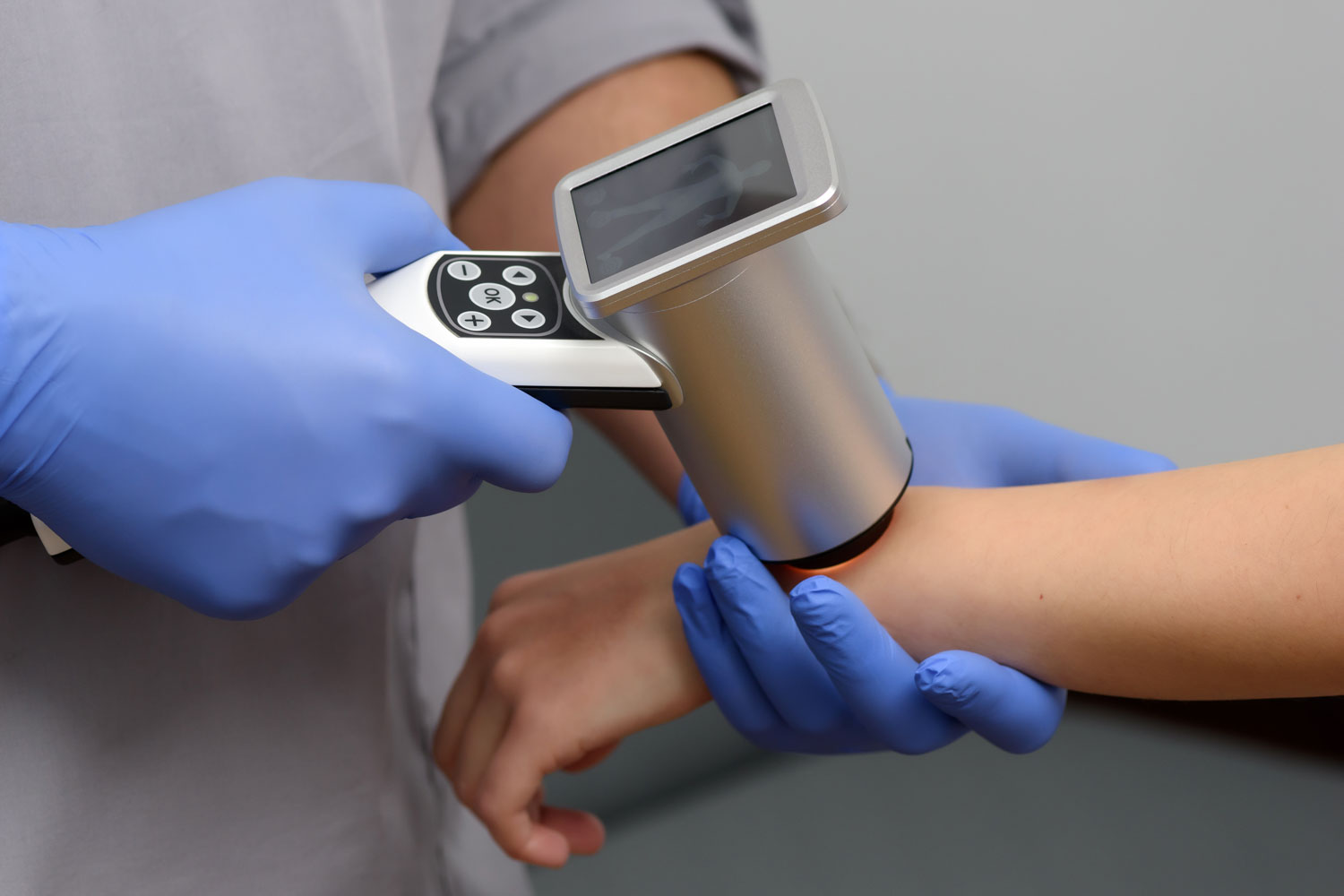BACK TO HOMEPAGE
Dermoscopy clinical cases
The “interactive clinical cases” sessions provide dermatologists’ observations for differential diagnosis and disease management in their daily practices.
The Dermoscopy sessions will showcase the dermoscopic evaluation and early detection of different types of skin cancer.
Recurrent basal cell carcinoma – Zoe Apalla (Greece)
The 5-year recurrence rate of basal cell carcinoma (BCC) depends on the presence of risk factors and the therapeutic strategy applied. The overall reported 5-year recurrence rate is about 3.3%.
On a clinical basis, early recognition of BCC recurrence is challenging, since the anatomic alterations induced by the previous surgical or other therapeutic modalities may blur the clinical signs of the tumour.
The use of dermatoscopy highlights the areas of the tumour, facilitating early identification of recurrence.
The most important dermatoscopic signs, related to a recurrent BCC, include the presence of in-focus, bright-red arborizing vessels and the presence of pigmented structures, such as grey dots/granules and blue-grey clods.
Multiple clinical scenarios will be presented in this case-based, interactive lecture such as recurrence after surgery, recurrence after topical treatments and recurrence after numerous previous treatments.
In situ versus invasive squamous cell carcinoma – Raimonds Karls (Latvia)
Skin squamous cell carcinoma (SCC) is becoming an increasingly significant malignant condition. In this regard, one of the most important tasks of a dermatologist is the early recognition of a tumour and the initiation of treatment. The morphological state of SCC – early, non-invasive or invasive tumour – is of great importance for a successful treatment. Knowledge of the different dermatoscopic signs of a tumour significantly improves the ability of dermatologists in the treatment of the SCC.
The knowledge and experience gained in the last decades about the dermatoscopic signs of SCC help dermatologists determine the most adequate treatment methods, to prevent relapses and metastases. The mentioned measures provide better quality-of-life indicators for this group of patients with lower economic burdens on the healthcare system.
Squamous cell carcinoma in specific sites – Danica Tiodorovic (Serbia)
SCC is the most common skin cancer with metastatic potential. At the same time, SCC is a great imitator, primarily if it is localized in specific sites.
One of the specific sites of SCC is the nail apparatus. There is often a substantial delay in diagnosing SCC in the nail unit because it is often misdiagnosed as chronic paronychia, onychomycosis, pyogenic granuloma, subungual warts, subungual exostosis, keratoacanthoma, or amelanotic melanoma. Due to that, there is often a significant delay between the onset of nail SCC and the diagnosis.
Moreover, lip and external ear SCC are among the most frequent locations of SCC when we talk about specific sites, although they can be relatively common in clinical practices. Erythroplasia of Queyrat (EQ) is an in situ squamous cell carcinoma of the penis, usually presenting as one or more bright red, shiny patches/plaques of the penile mucosae of uncircumcised middle-aged to elderly males. Correct and prompt recognition of EQ is of utmost importance in properly treating such a condition and avoiding genital amputations.
Dermoscopy has been shown to play a helpful role in assisting the early recognition of cutaneous SCC, with consequent reduction of its morbidity and mortality. However, that is not the case when it comes to SCC located on so-called special sites or when there is not much data in the literature on dermoscopic characteristics of SCC in specific sites.
The aim of this lecture is to show indications for the early diagnosis of SCC that occur less frequently but are still present in our clinical practices. Hints that will help us in dermoscopic evaluation and early detection will also be presented.
symposium full ticket details and prices

KEEP IN TOUCH
Stay informed about latest EADV information.
Congresses, Education, JEADV, Membership, Newsletter...
YES, KEEP ME INFORMED

European Academy
of Dermatology and Venereology
HQ:
Via S. Balestra 22B
6900 Lugano Switzerland
+41 91 973 45 20
symposium@eadv.org
PRIVACY POLICY
COPYRIGHT EADV 2022
TERMS OF USE
Only trust information from our official website: eadv.org





